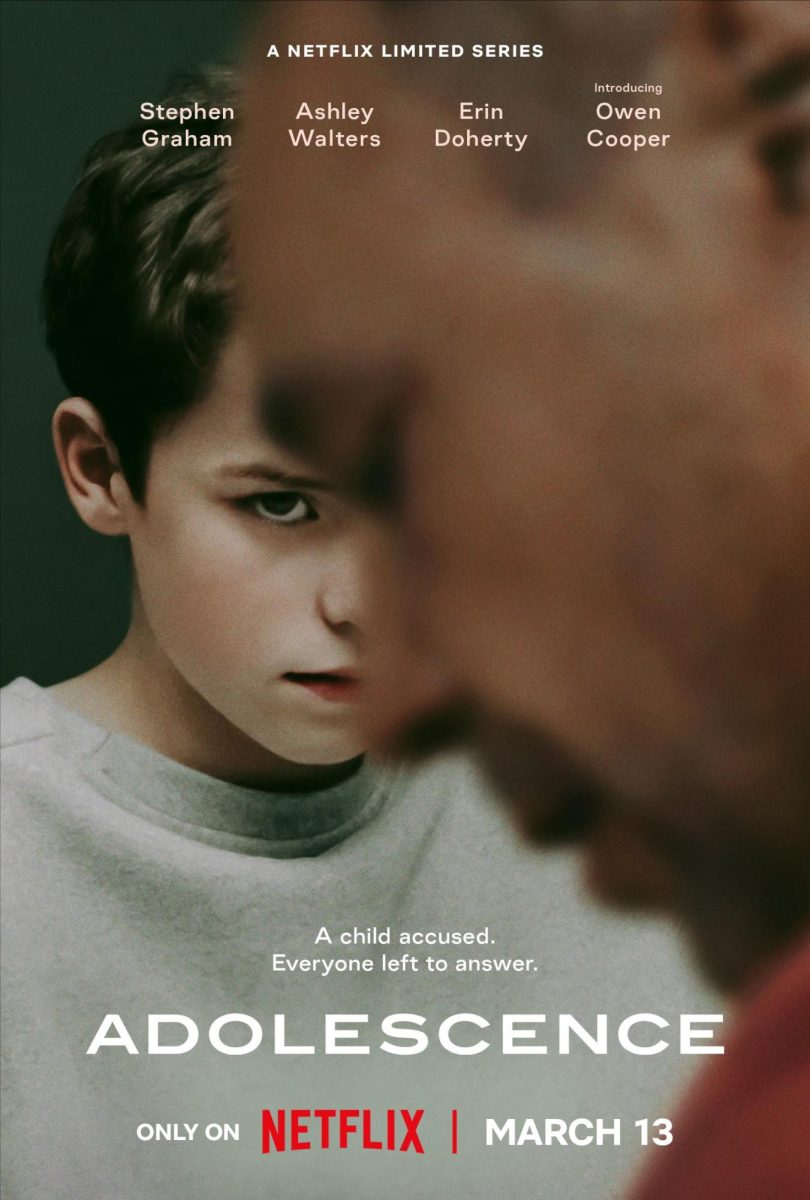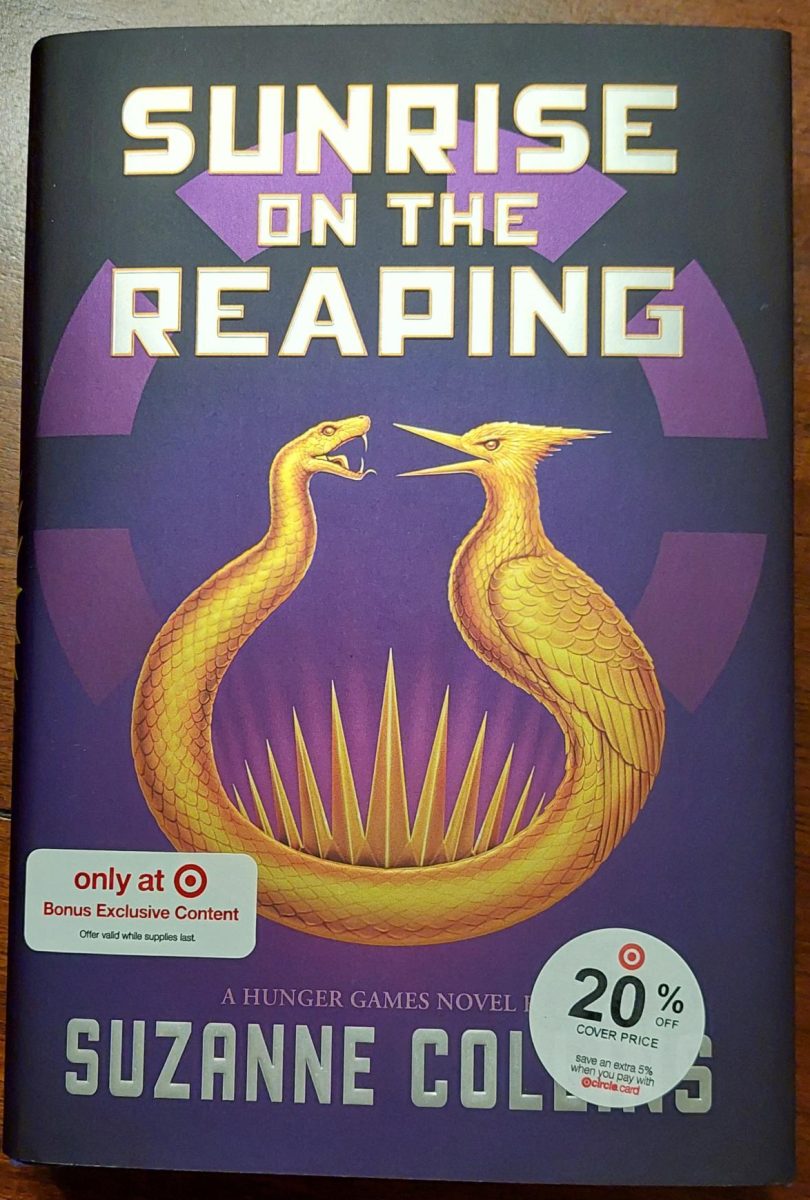On July 14, the Screen Actors Guild (SAG) went on strike against the Alliance of Motion Picture and Television Producers (AMPTP) directly after the writers went on strike. Now, months later, the actors continue to fight for their rights against AI, streaming services, and the major film studios.
Some background information on SAG: their president is actress Fran Drescher who is best known for starring in the 90s sitcom The Nanny. This has only been SAG’s third time going on strike; the other times were in the 1960s and 1980s. This year’s strike has become the longest in the organization’s history.
In early October the Writers Guild of America (WGA) met with the AMPTP to discuss coming to an agreement. There they eventually put an end to their strike. Once this news broke, many expected SAG to reach a similar agreement. Not long after SAG had a meeting with AMPTP, their discussion was quickly shut down because the sides remained divided. AMPTP representatives have said SAG’s demands were extremely expensive and irresponsible. SAG has said they will not change their demands despite the suspended talk.
Soon after a group of A-list actors which included George Clooney, Ben Affleck, Emma Stone, and Scarlett Johansson proposed an offer that would help end the strike. The idea was that they would each pay a membership of $5 million. If each actor were to follow through with this, that would reach $150 million. Also they proposed a change to the residual system where the working-class actors would be paid first. Drescher has said that she is open to this idea. however it wouldn’t be legally compatible with SAG and AMPTP’s contract.
No one has been hit harder by this strike than working-class actors. Many have found aid in non-profit organizations and are waiting tables to pay their bills. In simpler forms, the strike affects the majority’s entertainment because of the small number of TV shows and movies that are being created and/or released during this time.










